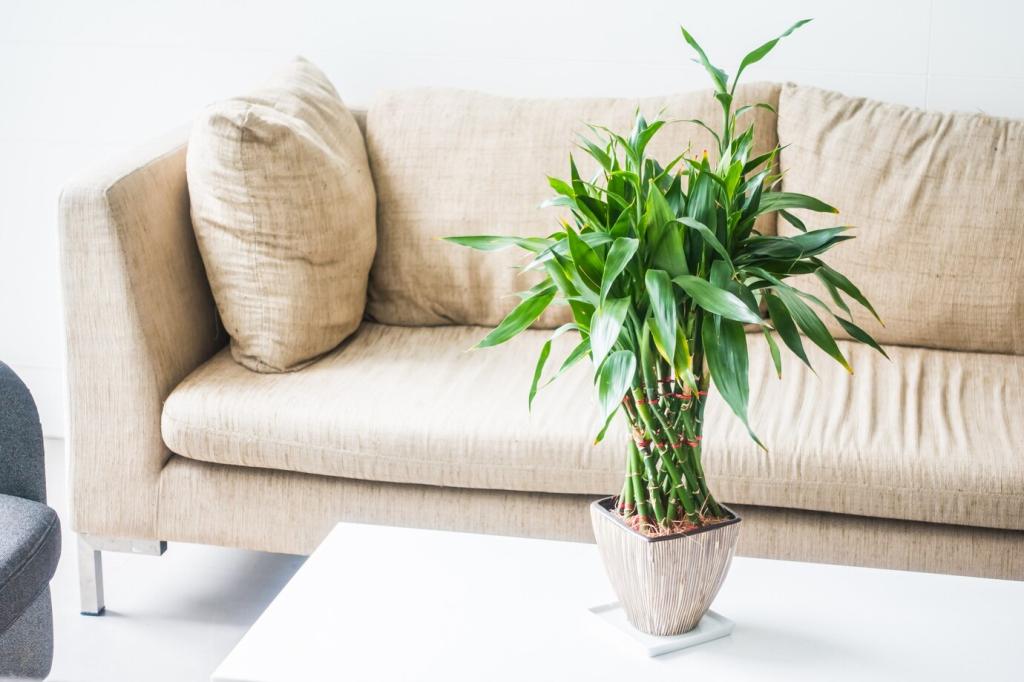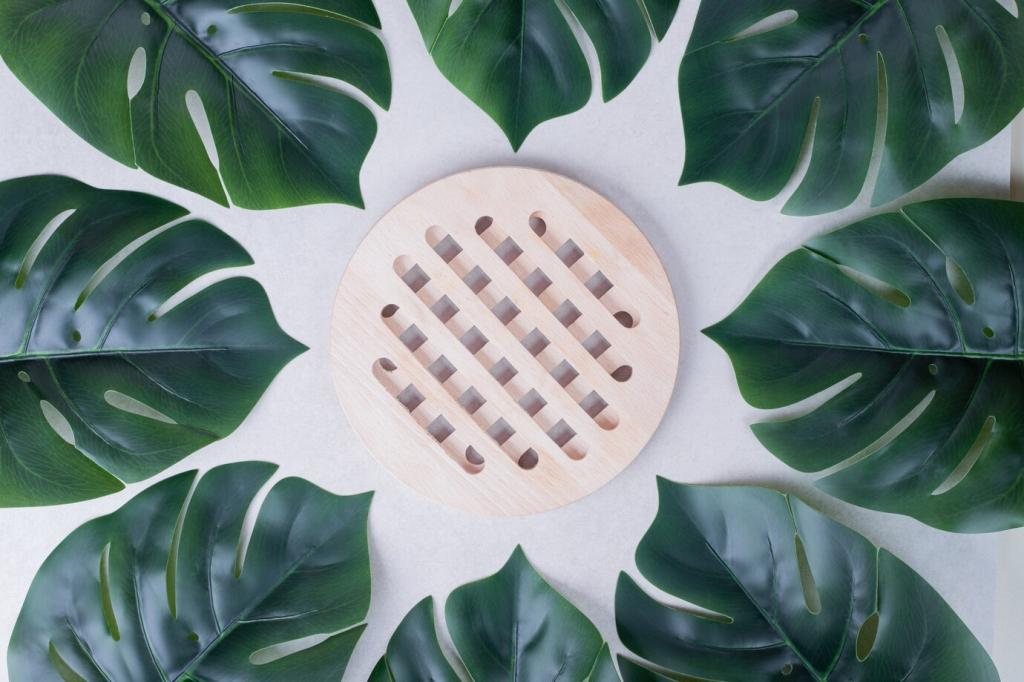Innovative Materials for Eco-Friendly Interiors
Eco-friendly interiors are redefining contemporary spaces, balancing aesthetics with environmental responsibility. The movement toward sustainable design is shaping interiors that are not only beautiful but also conscientious in their material choices. From renewable resources to waste-reducing innovations, architects and designers are increasingly relying on novel materials to minimize ecological footprints. This shift is setting new standards for health, durability, and style in interior environments, making sustainable living more attainable and appealing. In this guide, we explore the most promising innovative materials for designing eco-friendly interiors, highlighting their unique properties and the positive impact they bring to homes and businesses.

Plant-Based Alternatives
Bamboo Innovation
Cork Applications
Hemp-Based Solutions

